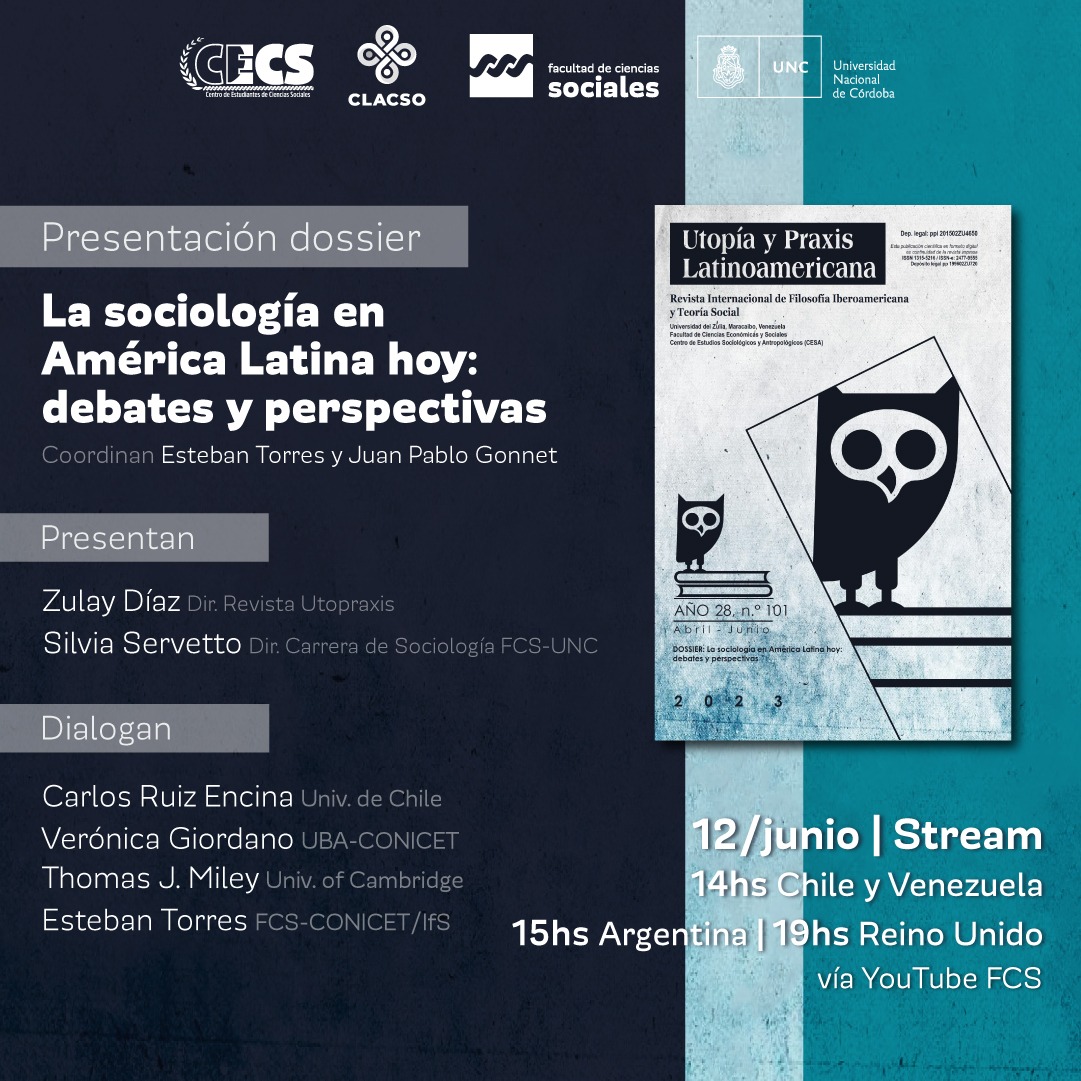Preferred thinking styles of gifted students and the implications for curriculum development
Resumen
ABSTRACT
A sample of 250 students (121) males and (129) females in grades 10-12 participated in this study of their preferred thinking methods. The Methods of Thinking Assessment, which was prepared by Sternberg and Wagner (1991), was used as the data gathering tool. Analysis of data revealed that the preferred methods of thinking were in descending order; legislative, external, hierarchical, judicial, conservative, anarchist, local, internal, monarchic, and global. Also, analysis of data revealed significant differences in all dimensions of the overall score being better for female students; however, no significant differences were found about grade level.
Una muestra de 250 estudiantes (121) hombres y (129) mujeres en los grados 10-12 participaron en este estudio de sus métodos de pensamiento preferidos. Los métodos de evaluación del pensamiento que fueron preparados por Sternberg y Wagner (1991) se utilizaron como herramienta de recopilación de datos. El análisis de los datos reveló que los métodos de pensamiento preferidos estaban en orden descendente; legislativo, externo, jerárquico, judicial, conservador, anarquista, local, interno, monárquico y global. Además, el análisis de los datos reveló diferencias significativas en todas las dimensiones de la puntuación general que es mejor para las alumnas.
Citas
AL MANE', A (2005). “Learning Styles Favored by Students' Elementary Schools and Common Teaching Methods in Riyadh Schools, Saudi Arabia: a field study”. Derasat Journal, Educational Science, 3(2), pp. 201-215.
ALTUNA, F & YAZICI, H (2010). “Learning Styles of the Gifted Students in Turkey”. Rocedia Social and Behavioral Sciences, (9), pp. 198–202.
ANNÍA GONZÁLEZ, M., VILLALOBOS ANTÚNEZ, J., RAMÍREZ MOLINA, R & RAMOS MARTÍNEZ, Y (2019). “Capacidades dinámicas frente a la incertidumbre: una mirada desde la gestión universitaria”. Revista Venezolana de Gerencia (RVG), 24(88), pp. 1357-1372.
BONNEY, CNR, & STERNBERG, RRJ (2016). “Learning to think critically”. In Handbook of research on learning and instruction, pp. 191-222. Routledge.
DEWI, DK, & TANDYONOMANU, D (2018). “Convergence vs. Divergence Learning Style Study of Critical Thinking”. In 2nd International Conference on Education Innovation (ICEI 2018). Atlantis Press.
DILEKLI, Y (2017). “The relationships between critical thinking skills and learning styles of gifted students”. European Journal of Education Studies.
DUNN, R, & DUNN, K (1992). “Teaching Secondary Students through Their Individual Learning Styles: Practical Approaches for Grades”, pp. 7-12. Boston: Allyn and Bacon.
HUSSEIN, HB (2018). “Effectiveness of a proposed program for teaching elementary school mathematical concepts in light of gifted students’ learning styles”. Journal of Educational & Psychological Sciences, 19(01), pp. 367-406.
MELTZER, L (Ed.). (2018). “Executive function in education: From theory to practice”. Guilford Publications.
NANDYA, P, SUBANDI, S, & MUNZIL, M (2019). “The Effect of Guided Inquiry Strategy and Kolb’s Learning Style on Higher-Order Thinking Skills”. Jurnal Pendidikan Sains, 7(3).
PETERSON, ER, RUBIE-DAVIES, C, OSBORNE, D, & SIBLEY, C (2016). “Teachers' explicit expectations and implicit prejudiced attitudes to educational achievement: Relations with student achievement and the ethnic achievement gap”. Learning and Instruction, 42, 123-140.
RAIS, M, ARYANI, F, & AHMAR, AS (2018). “The influence of the inquiry learning model and learning style on the drawing technique of students”. Global Journal of Engineering Education, 20(1), pp. 64-68.
STERNBERG, RJ (1999). “Thinking styles”. Cambridge university press.












